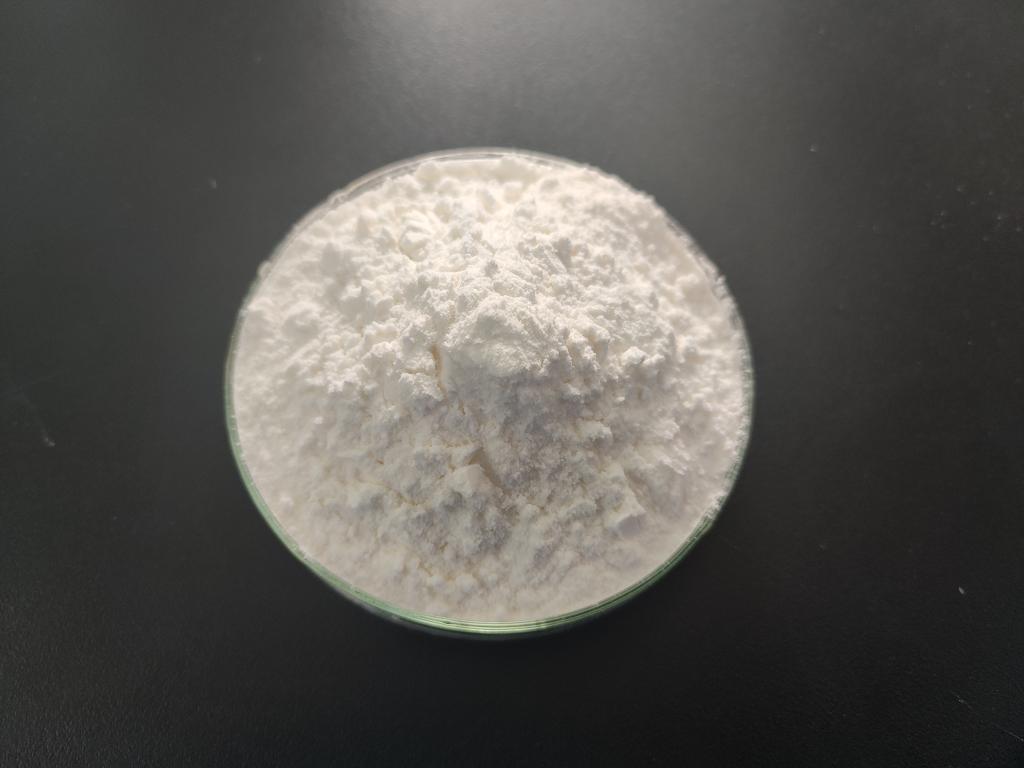Tel:+8618231198596

News
 CONTACT
CONTACT
 CONTACT
CONTACT
- Linkman:Linda Yao
- Tel: +8618231198596
- Email:linda.yao@dcpharma.cn
- Linkman:CHARLES.WANG
- Department:Overseas
- Tel: 0086 0311-85537378 0086 0311-85539701
News
Current Position:
Home >
News
>What does the use of ε-Polylysine hydrochloride in food preservation?
What does the use of ε-Polylysine hydrochloride in food preservation?
TIME:2023-05-11
The Role of ε-Polylysine Hydrochloride in Food Preservation
ε-Polylysine hydrochloride possesses strong antimicrobial properties, making it effective against a wide range of spoilage and pathogenic microorganisms. It inhibits the growth and proliferation of bacteria, yeasts, and molds, thus extending the shelf life of various food products. By preventing microbial spoilage, ε-polylysine hydrochloride helps reduce food waste at different stages of the food supply chain.
Preservation during Production and Processing: Incorporating ε-polylysine hydrochloride into food products during production and processing inhibits microbial growth, ensuring longer shelf life. This enables food manufacturers to distribute products over longer distances, reducing the risk of spoilage and waste.
Shelf Life Extension: When added to food products, ε-polylysine hydrochloride significantly extends their shelf life. This allows retailers to stock products for longer periods, reducing the likelihood of expiration and subsequent waste.
Preservation of Fresh Produce: Fresh fruits and vegetables are highly perishable and prone to spoilage. Treating them with ε-polylysine hydrochloride can inhibit the growth of spoilage microorganisms, preserving their freshness and quality, and reducing waste both at the retail and consumer levels.
Benefits of Reducing Food Waste
Reducing food waste has significant positive impacts on food security and the environment:
Enhanced Food Availability: By minimizing waste, more food resources become available to meet the increasing global food demand. This contributes to improved food security, particularly in regions where food scarcity is a challenge.
Reduced Environmental Impact: Food waste contributes to greenhouse gas emissions, deforestation, and the inefficient use of water and energy resources. By reducing waste, we can mitigate these environmental impacts and move towards more sustainable food production and consumption practices.
Economic Savings: Food waste represents a loss of valuable resources, including labor, land, water, and energy. By reducing waste, the economic efficiency of the food supply chain improves, resulting in cost savings for producers, retailers, and consumers.
Safety and Regulatory Considerations
ε-Polylysine hydrochloride is considered safe for consumption and has been approved as a food preservative in many countries. It undergoes rigorous safety evaluations by regulatory authorities to ensure its suitability for use in food products. Manufacturers must adhere to the specified usage levels and guidelines to ensure the safe and effective application of ε-polylysine hydrochloride in food preservation.
Promoting Food Security through Improved Food Preservation
The use of ε-polylysine hydrochloride in food preservation contributes to enhancing food security in several ways:
Increased Food Availability: By extending the shelf life of food products, ε-polylysine hydrochloride helps to ensure a more abundant and stable food supply. This is particularly significant in regions where access to fresh and perishable foods is limited.
Reduced Post-Harvest Losses: Post-harvest losses due to microbial spoilage significantly impact food security. The application of ε-polylysine hydrochloride in food preservation can minimize these losses, allowing more food to reach consumers.
Improved Food Access: Lengthened shelf life enables food distribution to remote or underserved areas, where access to fresh and nutritious food may be limited. This promotes equitable access to a wider range of food options, improving food security for vulnerable populations.
Minimized Dependence on Chemical Preservatives: ε-Polylysine hydrochloride offers a natural and safe alternative to synthetic chemical preservatives. By reducing reliance on these preservatives, the use of ε-polylysine hydrochloride supports the development of sustainable and healthier food preservation practices.
Reduced Food Losses along the Supply Chain: Food losses occur at various stages of the supply chain, including production, storage, transportation, and retail. By implementing ε-polylysine hydrochloride as a food preservative, the shelf life of perishable products can be extended, reducing losses and ensuring a higher proportion of food reaches consumers.
Challenges and Considerations
While the use of ε-polylysine hydrochloride in food preservation presents significant benefits, several challenges and considerations should be addressed:
Cost and Availability: The cost and availability of ε-polylysine hydrochloride may vary depending on the region. Ensuring its affordability and accessibility for small-scale food producers and resource-constrained regions is important for widespread adoption.
Consumer Acceptance: Public perception and acceptance of food additives can impact their adoption. Educating consumers about the safety, benefits, and natural origin of ε-polylysine hydrochloride can help build trust and promote its acceptance as a food preservative.
Regulatory Harmonization: Regulatory frameworks governing the use of ε-polylysine hydrochloride may differ among countries and regions. Harmonization of regulations and guidelines can facilitate its global use and ensure consistent safety and quality standards.
Sustainability Considerations: While ε-polylysine hydrochloride offers a natural alternative to synthetic preservatives, sustainability aspects, such as its production methods and environmental impact, should be considered. Promoting sustainable sourcing and production practices will contribute to the overall sustainability of food preservation methods.
Conclusion
The use of ε-polylysine hydrochloride in food preservation plays a significant role in reducing food waste and increasing food security. Its antimicrobial properties extend the shelf life of various food products, reducing waste along the supply chain and ensuring a more abundant and stable food supply. By minimizing post-harvest losses, improving food access, and promoting sustainable preservation practices, ε-polylysine hydrochloride contributes to enhanced food security and a more sustainable food system.
Addressing challenges such as cost, availability, consumer acceptance, regulatory harmonization, and sustainability considerations will facilitate the wider adoption of ε-polylysine hydrochloride in food preservation. Continued research, collaboration among stakeholders, and awareness-building efforts will further strengthen its role in reducing food waste, improving food security, and fostering a more sustainable future for global food systems.
- Tel:+8618231198596
- Whatsapp:18231198596
- Chat With Skype







